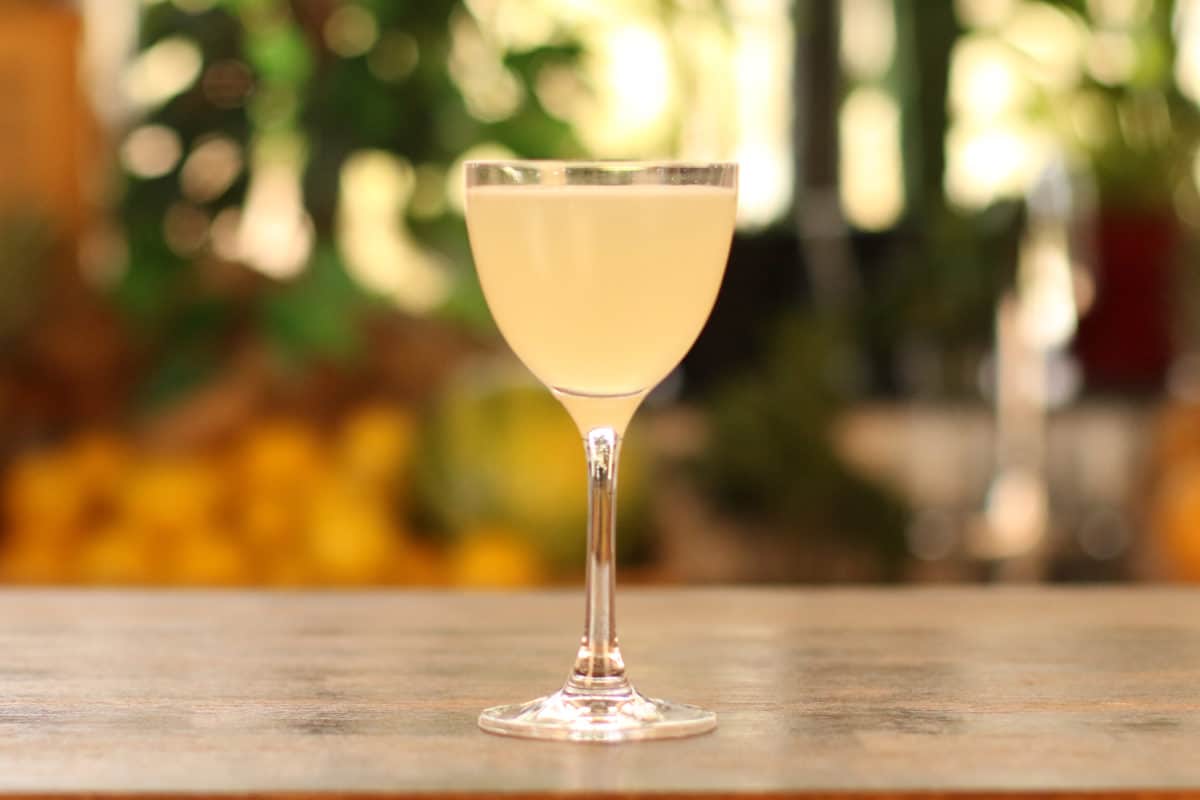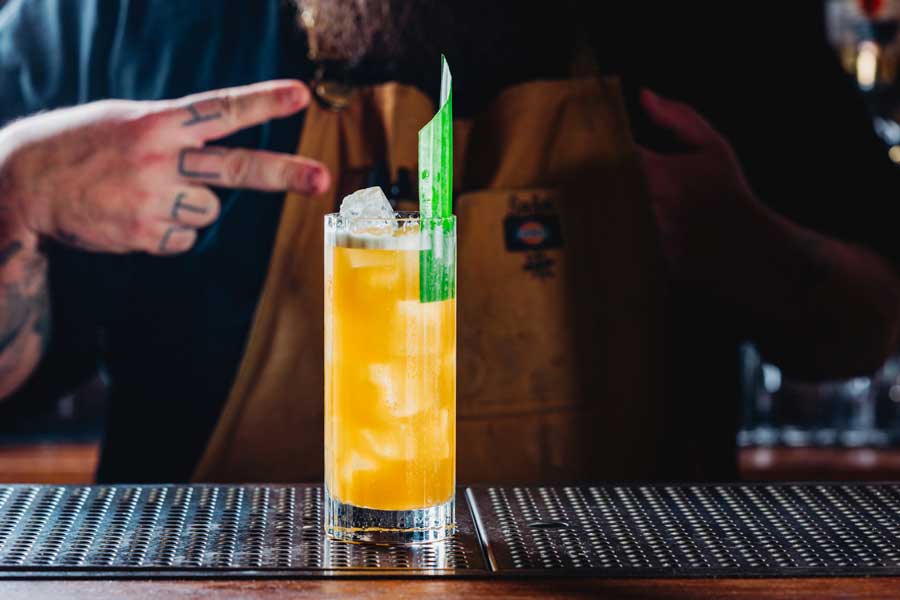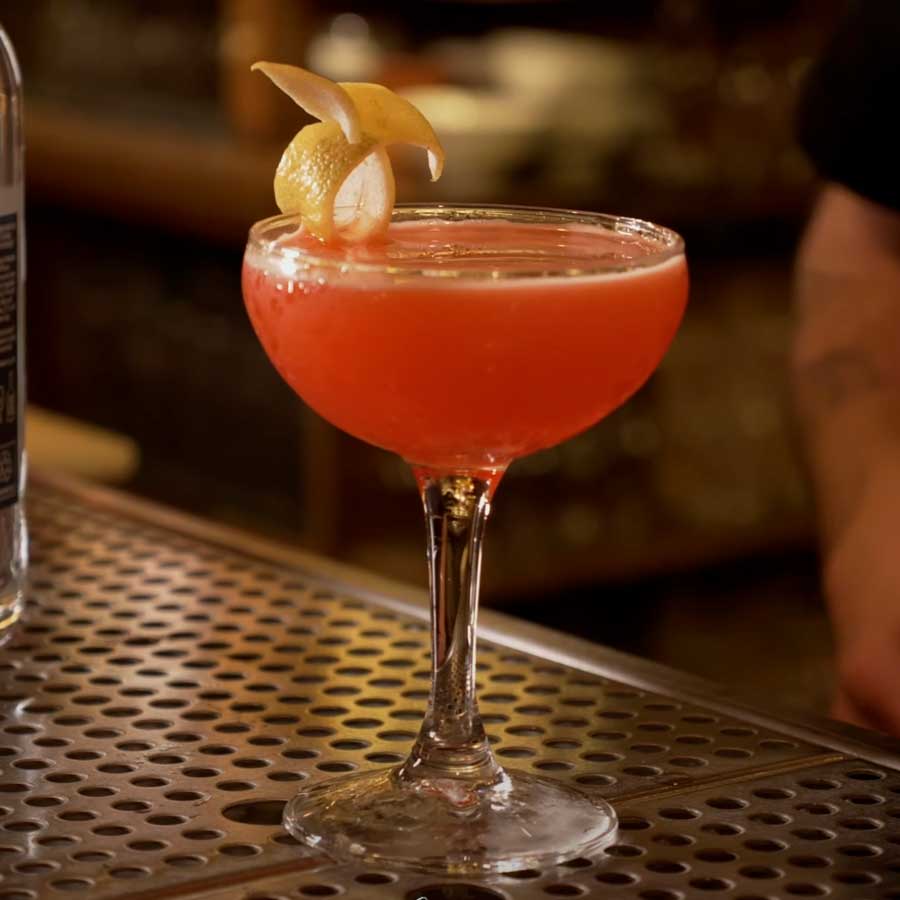How to make ...
Army and Navy


This classic gin-sour style cocktail features the addition of orgeat, an almond based syrup, to give this drink a sweeter, more rich and nutty flavour than its sharper cousins.
Ingredients
50ml Gin
25ml Lime Juice
12.5ml Orgeat
Lime Wheel to Garnish
Times:
Prep: 2 Minutes
Make: 30 Seconds
Total: 2 Minutes and 30 Seconds
Calories:
166 Calories
Allergens:
No common allergens to be found, although, since every body is different, we advise you check out this recipe's ingredients list just to be sure!
Servings:
Serves 1
Method
Chill a martini glass in the freezer, or fill it with ice.
Take your Boston glass or small tin and, using your jigger to measure, add the gin and orgeat to the shaker.
Using your Mexican elbow and your jigger to measure, squeeze 25ml of lime juice and add to the shaker.
Fill your shaker with cubed ice and seal with your Boston tin or lid. Shake vigorously for 10-15 seconds or until your tin is very cold.
Remove your glass from the freezer, or empty ice if necessary.
Using your Hawthorne strainer and your fine strainer, double strain the cocktail into your chilled martini glass.
Garnish using a lime wheel, with a slit cut into it so it sits on the edge of the glass.
Serve and enjoy!
Equipment
Shaker
Jigger/Measure
Mexican Elbow
Hawthorne Strainer
Fine Strainer
Cubed Ice
History
The Army & Navy is a fantastic introduction to the grand old gin sour category of cocktails, replacing simple syrup with orgeat —an almond and orange water flavoured sugar syrup. Whilst not boasting a long list of ingredients, it remains a complex, sophisticated drink, like all the best classics. Floral, citrusy and a little nutty from the orgeat, despite its simple appearance, the Army & Navy has built up a cult following.
The cocktail appears in David A Embury’s 1948 book ‘The Fine Art of Mixing Cocktails’. The original recipe has transformed somewhat to suit modern tastes, with Embury himself calling the original 8:4:4 ratio ‘terrible’.
The cocktail appears in David A Embury’s 1948 book, The Fine Art of Mixing Drinks. The original recipe has changed to suit modern tastes, with Embury himself calling the original 8:4:4 ratio ‘terrible’.



